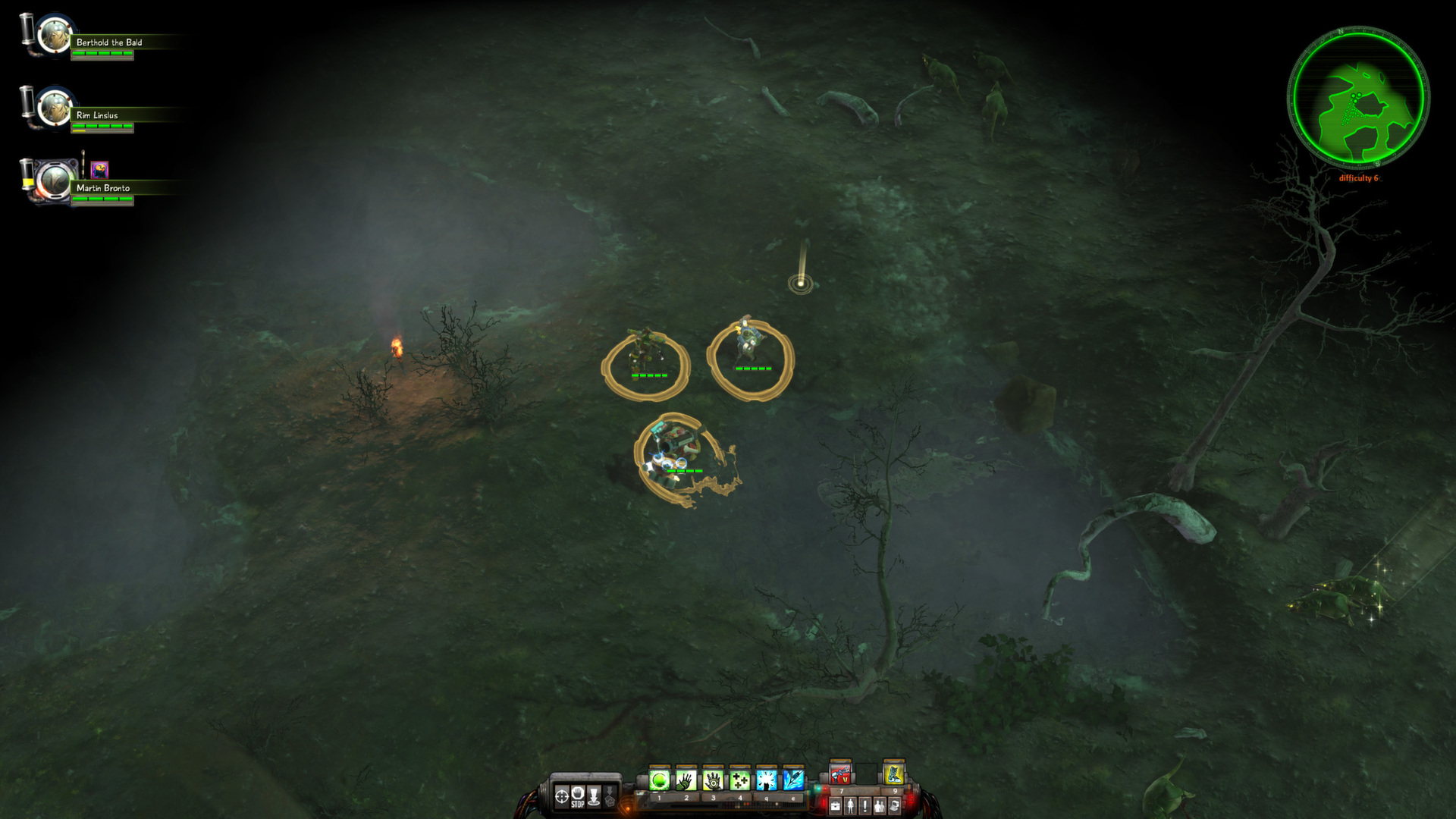
She shows that bronze vases, which have hitherto been included in the minor arts, now deserve their own place alongside architecture, sculpture and painted vases as high arts.

But what was the need of the second pair? Are we to suppose that he was going to need the greaves anyway in the Underworld, but not the papyrus, or perhaps that no male in the family thought he could use the deceased’s second pair of greaves? The deceased buried with the epistomia needed the texts with them inside the grave, on or inside the mouth, on the chest, or in their hands.Spectacular! A book such as this appears on ones desk once in a decade: a definitive publication of a masterpiece of Greek art that is comprehensive, informative, persuasive, and beautifully illustrated.', "Spectacular! A book such as this appears on one's desk once in a decade: a definitive publication of a masterpiece of Greek art that is comprehensive, informative, persuasive, and beautifully illustrated." Andrew Stewart, UC Berkeley, Beryl Barr-Sharrars new monograph on the Derveni Krater breaks entirely new ground, elevating this masterpiece of later classical Greek art to a status alongside those of the Mausoleum at Halicarnassus and the Alexander Sarcophagus as the most important monuments of Greek art in the fourth century B.C.

Did they not see that the papyrus was not burned, or did they not care? Was the papyrus not as valuable as all these objects inside the grave, which the deceased probably needed to take with him? The deceased obviously needed a second pair of greaves (Figure 4), which was placed inside the grave, because the one he was wearing on the bier melted down on the pyre and became useless. The entire corpus of the epistomia and the Derveni Papyrus ( P.Derv.) betray certain similarities-to state the most obvious ones: both are the deceased’s remains were laid inside the krater (Figure 3), the grave was shut, and whatever remained of the pyre was strewn above the grave (Figure 1).


 0 kommentar(er)
0 kommentar(er)
